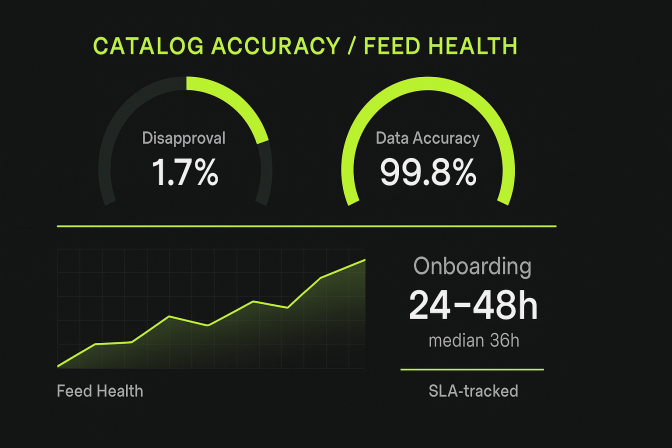Explore core Services
At Datqo, we deliver precision-driven data labeling that transforms raw text, images, and audio into structured, machine-ready datasets.
Combining automation with dual-layer human QA, every annotation meets enterprise-grade consistency benchmarks—fueling AI models that learn faster, adapt better, and perform reliably at scale.
Guideline Design & Taxonomy Setup
Custom ontologies and annotation guides aligned with client objectives—ensuring clarity, reproducibility, and inter-annotator agreement from day one.
Annotation & Review Workflow
Two-tier labeling pipeline (Annotator + Reviewer) with versioned datasets, audit trails, and continuous calibration to maintain precision across large teams.
Automated Consistency Checks
Automated conflict detection, overlap scoring, and quality heuristics to identify drift early—reducing manual rework and boosting throughput.
Final QA & Dataset Delivery
Consolidated datasets validated for schema accuracy, file integrity, and statistical balance—delivered in CSV, JSON, or TFRecord formats ready for direct model ingestion.
Service Outcome
- Agreed ontology, label schema, and QA rubric before scale
- Dual-stage QA with documented disagreements, corrections, and fix-by dates
- Inter-annotator agreement and error classes tracked and reviewed on a regular cadence
- Clean, documented CSV/JSON deliveries that plug into training pipelines without extra triage


Sample ops dashboard (for illustration)
What types of data can Datqo annotate?
We support text, image, video, and audio labeling — including sentiment tagging, bounding boxes, polygon segmentation, OCR, and transcription.
Each workflow is modular, allowing hybrid tasks and cross-domain datasets.
How does Datqo ensure labeling quality?
Every dataset passes through a two-stage QA system: peer review and statistical sampling.
We maintain live dashboards tracking agreement rate, error trends, and operator consistency across batches.
Can you integrate with my existing tools or storage?
Yes. Datqo connects seamlessly to Label Studio, CVAT, Doccano, AWS S3, or GCP Buckets, using version-controlled sync for continuous delivery.
How do I start a pilot project?
You can begin with a time-boxed pilot (e.g., 5k samples) to validate accuracy and throughput before scaling.
We document each phase — from taxonomy design to final QC — so your team can track measurable impact.
